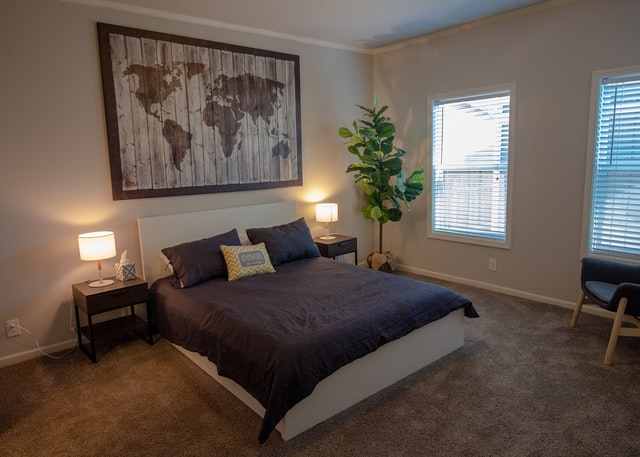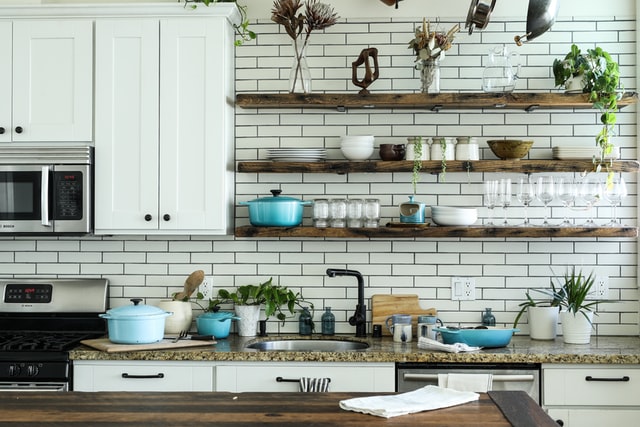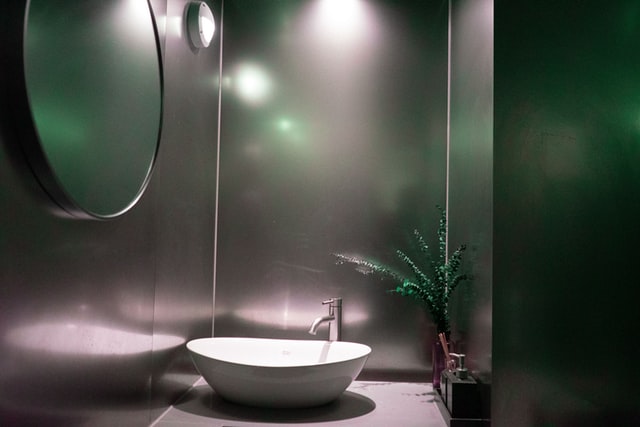When we plan to buy a new home or renovate the old one, we want to create a room that represents our particular preferences & style. Whether our designs are pragmatic or modern, the primary goal remains common, to bring happiness into the spaces we live in.
Although some of you may be unfamiliar with Vastu Shastra, a classic Indian architectural science that stretches back thousands of years. However, we are all familiar with the word and have undoubtedly seen homes designed according to its principles.
But why homes are designed as per the Vastu Shastra are revealed in this post. So without further ado let’s learn what principles Vastu Shastra follows and how it works.
What Is Vastu Shastra?
The science of architecture, Vastu Shastra, is a proven and true technique of bringing positive energy into your home.
The concepts of design, measurements and spatial geometry for a home building are laid forth in Vastu Shastra.
Besides, It believes a house to be a living spirit and tries to achieve maximum positive energy by harmonising the five elements (earth, fire, water, space, and air).
In the end, the energy of your house will have an impact on the mental health of each living member. That’s why Vastu Shastra plays a crucial role, to set up things that enhance the positivity of your home.
Now you know what exactly Vastu Shastra is, let’s learn its principles.
The Basic Principles of Vastu Shastra For Your Home
These are the five basic principles of Vastu Shastra you should follow.
- The location of your puja room influences your house’s wealth and serenity.
- The placement of your furniture in a room influences the energy balance. It’s something that has a good or bad impact on your as well your family members’ health and mental calm.
- Mirrors placement in strategic locations helps to promote health and happiness.
- Colour palettes chosen for each area of your house influences the atmosphere or vibe of the space.
- Proper placements of water supply maintain excellent health and cleanliness.
These are the five things that create a huge impact on your home.
Now you know what principles Vastu Shastra follows, let’s learn the science behind it.
What is the Science Behind Vastu Shastra?
Vastu Shastra for home is based on the concept of a structure and its design. A home’s exterior form, or shell, can assist in channelling positive energy and preventing bad outcomes. It plays a crucial role in bringing positivity, that’s why we will study it one by one.
Bedroom Vastu Shastra

Since this place is for relaxation, your master bedroom should be erected towards the South-West rather than the South-East. The bed should be positioned such that your head may rest to the south or east. Since these orientations promote excellent sleep and help you live a long life.
Also, mirrors should not be placed in the bedroom since they cause frequent arguments among family members. This is the perfect Vastu for house which amplifies the positivity.
Living Room’s Vastu Shastra

This is a gathering place for the family to host friends and visitors. The area must be as harmonic as possible to offer a relaxing environment. Due to this, your house develops pleasant and long-lasting relationships.
For serenity, the living room’s northeast corner should be clutter-free. Also, the potted plants and paintings of nature will add to the room’s tranquilly and produce positive energy.
Vastu Shastra says to choose a softer or pastel colour palette for this area to instil tranquilly and love.
Kitchen’s Vastu Shastra

Choose a softer or pastel colour palette for this area to instill love. The place where the home’s sustenance comes from is also highly important in Vastu houses. It balances out the energies, since these may be passed on to the meals cooked there.
Also, Instead of utilizing black tiles on the walls, choose bright, cheerful colours that represent warmth and affection.
Colours that represent stability, such as beige and reddish, will also work well here.
Stick to natural stones for the countertop, such as granite or quartz, to keep grounded and beautiful.
Children Room’s Vastu Shastra

The room of your child is a place for nurturing, growth, and development. This area should generate as much love, warmth, happiness, and pleasant dreams as possible, according to Vastu Shastra for houses.
Firstly, avoid positioning the bed in front of a mirror, window, or door to avoid sleeplessness or hypertension. Mirrors, in particular, are known to drain good energy from a room. And it can occasionally cause the mind to wander, disrupting the child’s restful slumber.
It’s always better when you built Bookshelves from wood rather than metal. Also, the children’s bedroom door should open clockwise and be free of any boards or signs. As they might encourage negative energy such as ego conflicts, aggressiveness, and confrontations between children and their parents.
Unused stationery, such as pens without refills, old books, or newspapers, should always be discarded. The reason is clutter-free desk is a clear road to success. That’s the best and perfect Vastu for home.
Bathroom’s Vastu Shastra

According to ancient research, the bathroom is the most ignored area in the house, and it may be a source of bad energy.
Also, you should use solid wood and not metal for front doors that don’t attract negativity and impact your health.
Moreover, when you keep the bathroom door closed you prevent the bad energy release from this area.
The water exit and drainage should be directed north, east, or northeast, with the bathroom floor sloping in the same direction for water drainage.
You should locate the wet spaces such as washbasin and showers on the room’s East, North, and North-East sides. These adjustments make your bathroom perfect as per the Vastu Shastra.
Final Words
Now you know what exactly Vastu Shastra is and what principle it follows which helps to bring positivity to your home. This also helps to build the environment the way you want which contributes more to your home’s peace and prosperity.

